It’s the loneliest variant since the number one.
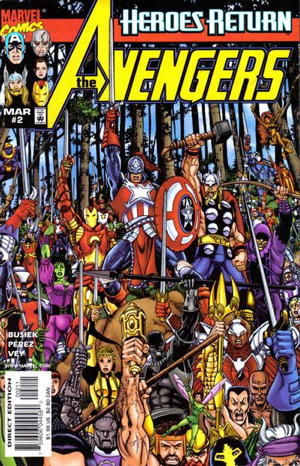
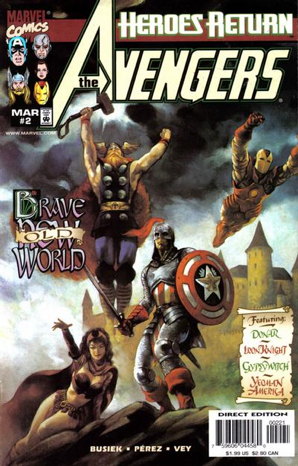
In the late 1990s, Marvel had a publishing strategy designed to counter the dip in orders new comic series usually had with the second issues of their runs. And that strategy was, as you’ve probably guessed if you’ve been reading the Monday posts on my site for the last few months, variant covers.
The deal was, retailers would order relatively high on a first issues, as that seemed like a relatively safe bet. Back in the days when you ordered a new series as if they were going to be ongoing series (and not for all intents and purposes a limited series), you placed numbers with the expectation that, should the series continue for a while…and there’s no reason why a comic featuring A-listers or even B+ listers wouldn’t…there would always be demand for that first issue. People like first issues. Kids want to own “Captain America #1.”
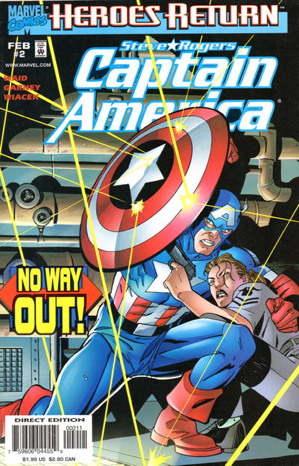
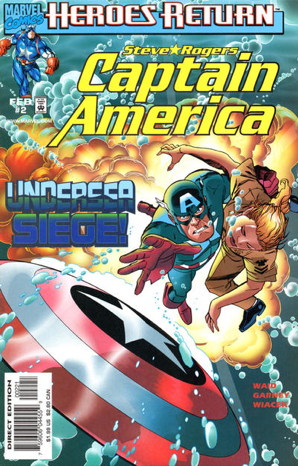
Of course, the market has changed, with new series now being launched, ended, and relaunched, flashing by like strobe lights and new #1s piling up for every title under the sun. That kid who wants to own Captain America #1 currently has a dozen or two to choose from.
Currently, the back issue sales window for a #1 issue is about as long as the new series lasts, then attention shifts to the back issues for whatever series featuring the same characters/concepts that succeeds it. But a couple of decades ago, retailers still pumped up those first issue orders.
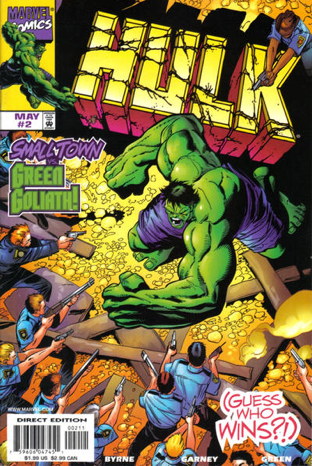
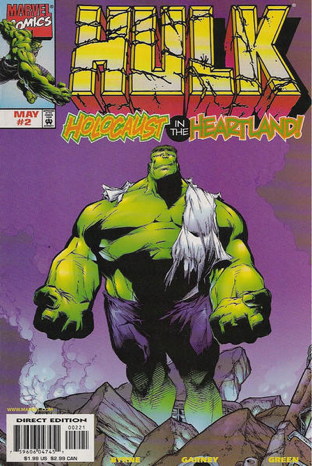
And then, to play it safe, order numbers would be pulled back a bit for that second issue. It was usually pretty safe to say (at least then) that many people would give a first issue of a new series a try to see if it was to their liking, or would just buy the first issue because, hey, it’s a first issue at cover price on the stands in front of me right now, I’ll buy a first issue, sure. And of the folks who bought that issue, only a certain percentage would come back for #2. As such, those second issue orders would drop, with the assumption that they’re not going to sell nearly the number they did on the debut issue. Then, by the time orders for #3 go in, hopefully you have an idea of actual realized sales on the first issue and you can adjust your numbers accordingly.
Of course, there’s always the problem — well, “problem” — of “what if it’s a hit?” What if you ordered what you thought was a sufficient number of #1s, but sold out due to the wild demand for that comic, and then #2 comes along and you don’t have nearly enough to go around? Suddenly #2 is a scarce commodity, and while you can raise your orders on later issues, will the demand continue if potential readers missed that second installment? All thoughts that you have to consider as you make that ordering decision.
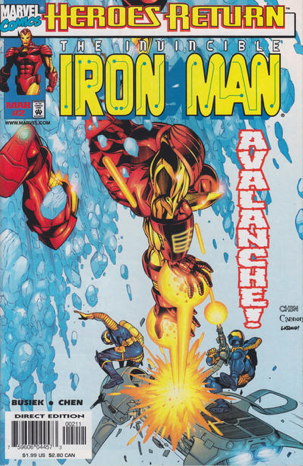
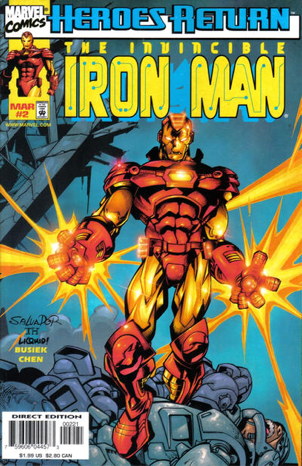
So, to help avoid that second issue dip, here comes Marvel with two covers for the #2s of all their newest ongoing series. “Why not just order what you were going to order anyway, but split the number between two covers?” As I talked about early on in this series of posts, the particular evil genius behind variant covers like this is the possibility of getting customers to double-dip. Some folks won’t be able to decide between the two covers offered, so “buy ’em both!” it is.
As I recall from my previous place of employment, we did order relatively high on the second issues, compared to what maybe we normally would have. And we did have some extra sales to folks seeking both covers. Persuing the Comichron sales charts for ’97-’98, it looks like there was still that dip on #2s, but perhaps it wasn’t as big a dip as it could have been. Comparing to other percentage drops from other titles around the same time, from other publishers, shows about an equal percentage of dropped orders…but orders on those first Marvel issues were perhaps unusually high, due to increased interest after the wrap-up then-recent “Image Comics creators back at Marvel” experiment with most of these properties.
Ultimately, it’s hard to say just exactly how well this strategy worked to keep plenty of second issues available for sale (and more importantly for the publisher, to get retailers to load up on ’em). As I recall, on most of the second issues, especially on titles like Captain America and Avengers, we nearly sold out on those #2s, so even with our slightly higher orders, perhaps the variant covers helped to bump up those sales.
Regardless of how much this variant cover scheme did or did not help, it’s pretty clear it’s Standard Operating Procedure on nearly everything Marvel and DC publish today. Though I don’t see nearly as many people double-dipping on the regular and the variant as I used to. At up to $6.99 for that stiff cover variant DC provides, or the boggling array of variants Marvel can release for any given comic for any reason…it’s not a surprise. Not that there aren’t folks out there trying to get all those variants…I’ve got a few at my shop! But that multiple cover strategy is more squarely focused on the retailer trying to juggle his numbers every month. At least, that’s what it feels like to me as I’m hunched over the order forms.








The particular stroke of evil genius in this strategy was that the variants used not only different illustrations but different titles. A customer who did not look very carefully might easily assume that the two versions were in fact two different comics.
I am a bit surprised that Marvel did not go a bit further, and use different ways of noting the issue number and month. One version could be #2, February, and the other Part Deux, Fevrier. That would have increased the confusion.
Anyway, this all makes sense, now that we know Kang is responsible for all the Marvel variants.
I understand why the Scarlet Witch is lying down on that Avengers cover, but it seriously looks like she’s getting ready to take a nap. So weird.
I remember reading those Avengers and thinking (as I still do) they are ripping off the first 5 issues of LSH 5 Years Later. Set up characters and situation, move everyone to an alternate timeline that is the “real” timeline, heroes fight their way back to the REAL “real” timeline we know and love.
Avengers did it well. Legion did it better.
Years ago I remember reading that for some period of time the second issue of the GI Joe series that Marvel put out was actually more valuable than the first issue because there were so many fewer issues printed. Was that ever true? Is it still true?
I would like to just take the moment to reflect on how awesome that Heroes Return Avengers #2 is, mainly down to the medieval costumes Perez designs for seemingly every Avenger ever.
Maybe because it reminds me of that cartoon where a high school football team gets magically transported to King Arthur’s court. Does anyone else remember that cartoon, or just me?
@Matthew that was definitely the case when I got into reading comics (and GI Joe was a gateway). #2 was worth $5-10 more in the late 80s.
@Pedro Yes, I remember King Arthur and the Knights of Justice…
The #2 variant for Thunderbolts was great, since it revealed the series’s secret… actualy that reminds of something Mike left out. IIRC, this program started during the year when the Image guys had Avengers and FF. So gap year launches like T-Bolts and Deadpool were the first books to be part of the “two for two” program, probably to help sales for the “less hot books.”
Matthew-As Joe says, it was definitely true at one point.
X-Men and GI Joe were the first two comics I bought, starting GI Joe with the first issue.
I was always so impressed that I started buying GI Joe from the start since the second issue was such a collector’s item issue in the 1980s.
I could never understand it as a kid. The issue introduced “Quinn the Eskimo”. A character who didn’t even have an action figure. Why would it be so popular? heh
It appears this is no longer the case. The first issue seems to have by far surpassed #2 over the intervening years.
I believe the gap had shrunk (along with prices overall for GI Joe) during the 1990s, when GI Joe wasn’t popular anymore.
I tried to sell the first two issues at a store and they told me that issue #1 was only going for $5, while #2 was going for $6.
I decided to hold on to my GI Joe issues for more time.
Circa 2005, the Marvel GI Joe series had gotten somewhat valuable again.
Now, the final issue of the series is worth more than any other issue of the series.
Sadly, like everyone else I had quit GI Joe long before the mid-1990s, so I wasn’t able to sell that issue for a tidy profit like I did with the first ten issue of the comic.
I could have made more if I had held on to them longer.
[…] Joe mentions, like I probably should have in Monday’s post, that the double-covered #2s had been a […]
Deadworld used to have tame and gory covers if I recall.
[…] y’all remember my last variant cover-age post? You know, the one way back when? Well, in response to that, Sam T Goostree […]